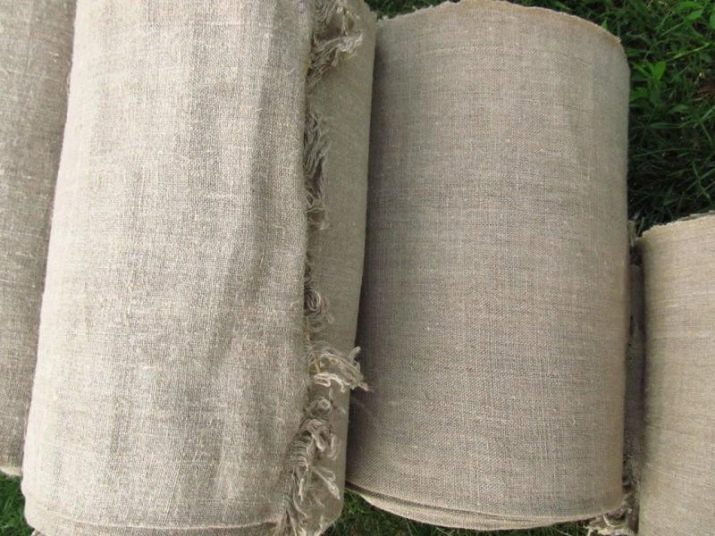Everything you need to know about sackcloth
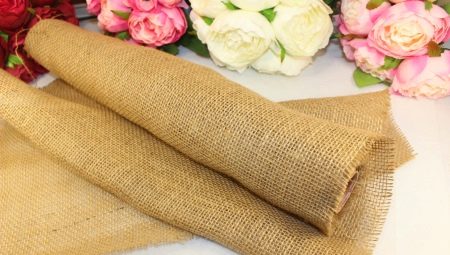
After reading the article, you can find out everything there is to know about sackcloth. This is not only coarse thick linen fabric, but also other types of fabrics. Additionally, you should study the areas of application and tips for caring for the sackcloth.

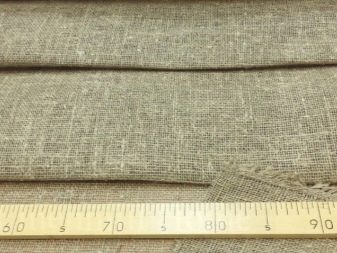
Composition and properties
It should be pointed out right away that sackcloth is not just one type of fiber. Traditionally, the fabric is made from linen threads. However, later they began to take hemp and even synthetic materials as a basis. The first samples were made from low-quality yarns, which were processed on bulky machines. The introduction of synthetic fibers made it possible to reduce production costs and technologically simplify it. At the same time, the main properties remained practically unchanged.
In comparison with drape and wool, sackcloth is much less allergic. The appearance of a rash is almost completely eliminated. Good sackcloth is durable and resistant to abrasion. It is very tough, which can be assessed ambiguously, but resistance to chemical influences can only be welcomed. Fancy fabric (vatola) is durable and absorbs water well; however, according to other descriptions, this fabric is hydrophobic, which is useful in wet and snowy weather.
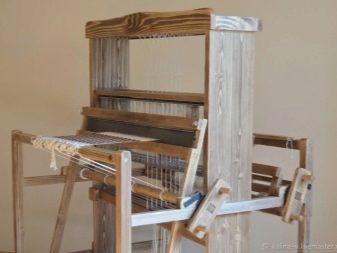
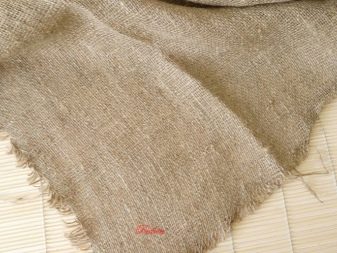
She does not let heat through. It was this circumstance that made her very popular in the production of cheap clothing. Deriuga is considered a versatile fabric, quite close to felted materials. Since it is coarse and thick, it guarantees good shape retention. Minimal deformability will prevent wrinkling.
Environmental friendliness is ensured by the fact that natural fibers prevail in production. If artificial threads are used, then only those that are completely safe. Thanks to solid thermal insulation, a good microclimate is maintained.Sackcloth is inexpensive and available to almost all customers, however, in the production of clothing, such a material is used very rarely. It is not difficult to clean and wash it.
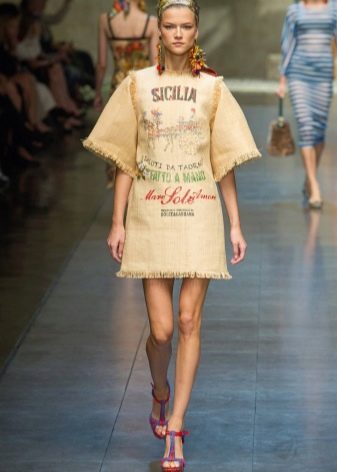
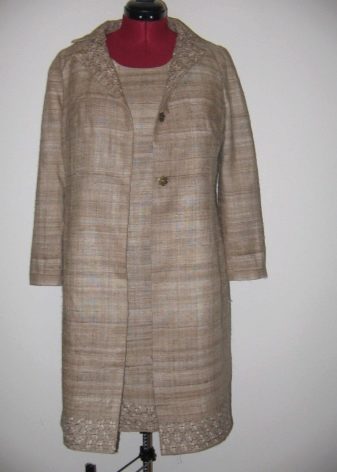
Views
Classic burlap is a thick, coarse linen fabric. It is mainly painted in a beige tone. However, when using simple cotton threads, the light brown color predominates. If a jute thread is taken as a basis, then a golden brown color with a shift to the dark side will be observed more often. It should be borne in mind that sackcloth (burlap) is easily stained, and it can be released in a variety of colors. In any case, the color will be muted, which does not allow achieving maximum brightness, but the color remains natural.
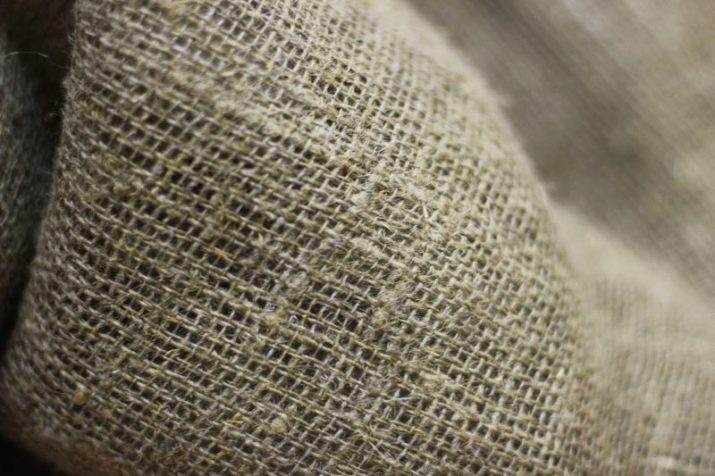
The texture of sackcloth is always more or less the same. It is made only by the plain weave technique.
Jute fabric is stronger than other types and very tough. It is she who practically does not absorb water from the external environment.
Jute-based vatola is the cheapest.
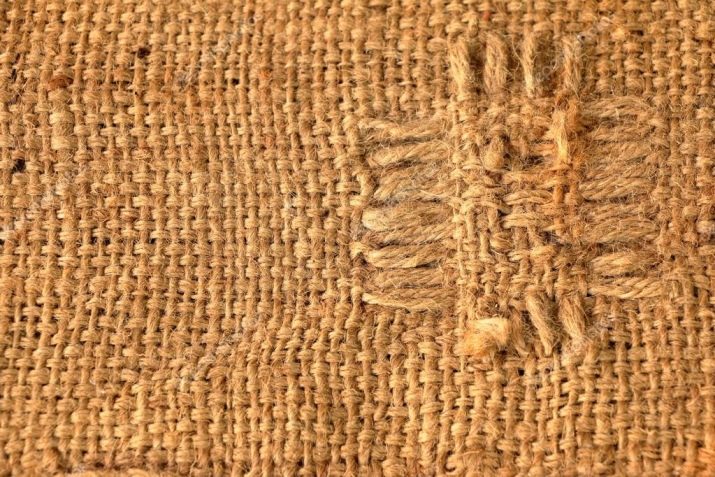
The linen type is made, as it is easy to understand, on the basis of flax. It is relatively mild in relation to other types. Linen sackcloth is relatively light and thin. It is appreciated for its attractive antiseptic properties and ease of staining. Cotton canvas fabric is not inferior to simple cotton products.
Manufacturers focus on hygroscopicity. In the description, attention is certainly paid to the hypoallergenicity of such material. Products will cost about the same as made from jute. A mixed version is created from flax and jute (in a 1 to 1 ratio). The lightness of the mixed sackcloth is noted.
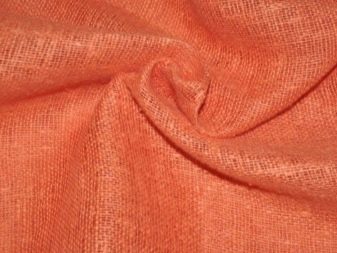

Application
The alternative name of the fabric - burlap - directly speaks of its use primarily in the field of packaging. The sackcloth is packed:
- fertilizers;
- bulk food products;
- land;
- charcoal;
- pellets;
- other loose things.
But do not assume that sackcloth is needed only in rough agricultural and warehouse packaging. It is actively used in the form of an elegant gift wrapper. For this purpose, as well as for decorating the interior, dyed fabric is used for sewing ethnic style bags. Designers are not limited to coloring. Often they apply original prints, introduce leather or other inserts into the design; the resulting product can also become a beach bag.
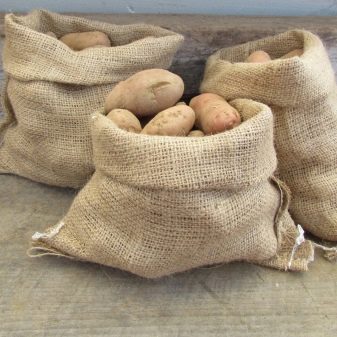
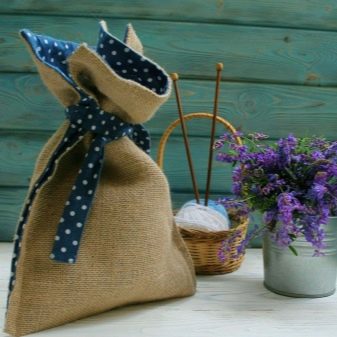
The following uses can also be mentioned:
- shoe production;
- tailoring of hats;
- sheltering land plots and seedlings with the onset of a cold season (this property is appreciated by both summer residents and foresters);
- the formation of lawns in the local area, in parks;
- decorating cafes, retail outlets and other service establishments;
- stripes (decorative elements on other products);
- production of backpacks.
You can handle sackcloth without any problems. Thanks to its additives, you can refresh old, already boring things. The variety of colors leaves a lot of room for stylistic experiments. In any case, you will have to think carefully about the color and cut.
Clothes and other products obtained from such a fabric will fit well both ethnic and futuristic styles.
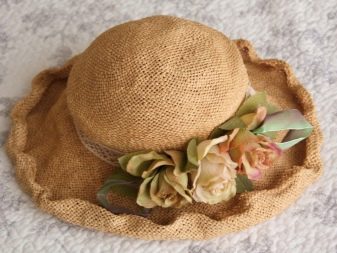
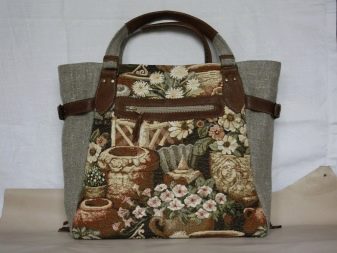
Care Tips
Deryuga can be stretched in any mode, but necessarily separately from other matters. To wash it, you can use any detergents intended for household use; there is no time limit. The spin mode is selected at your discretion. Dry the fabric in the air, without heating acceleration. Ironing with a heated iron is possible, starch is also allowed; there are no special storage recommendations.
